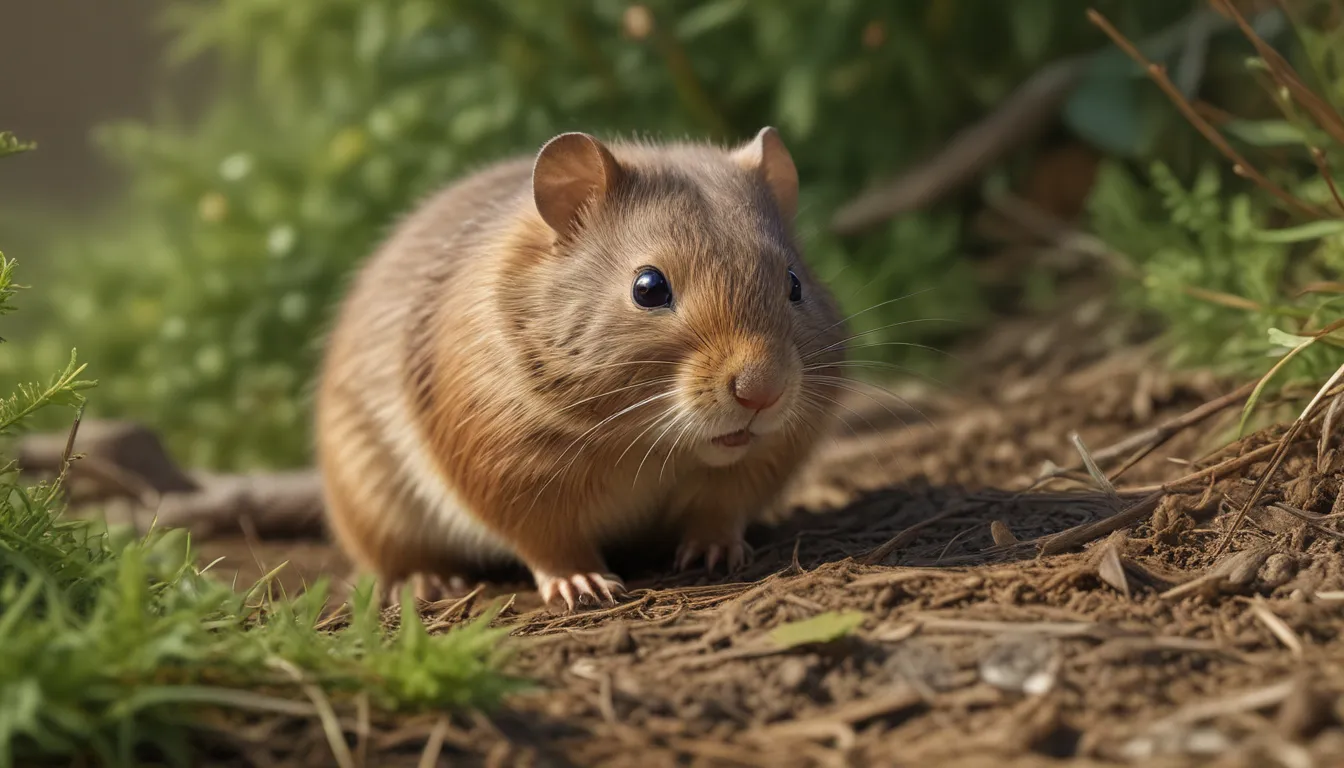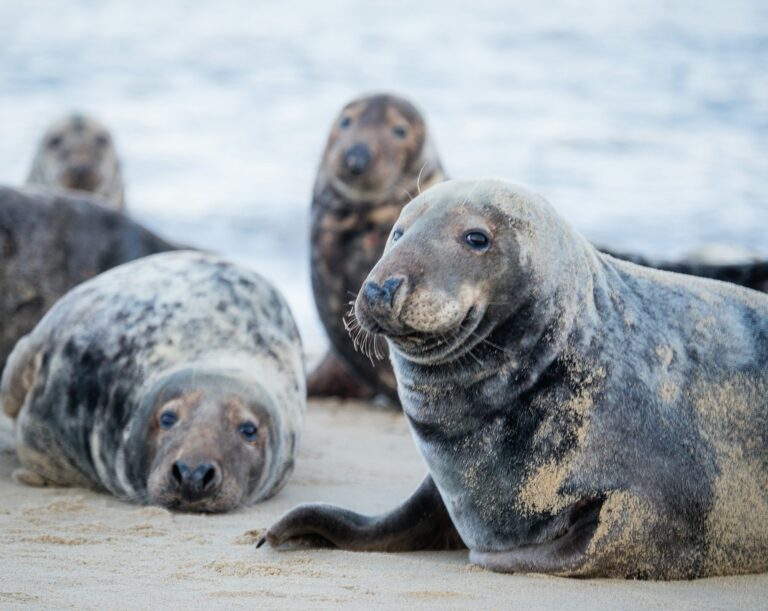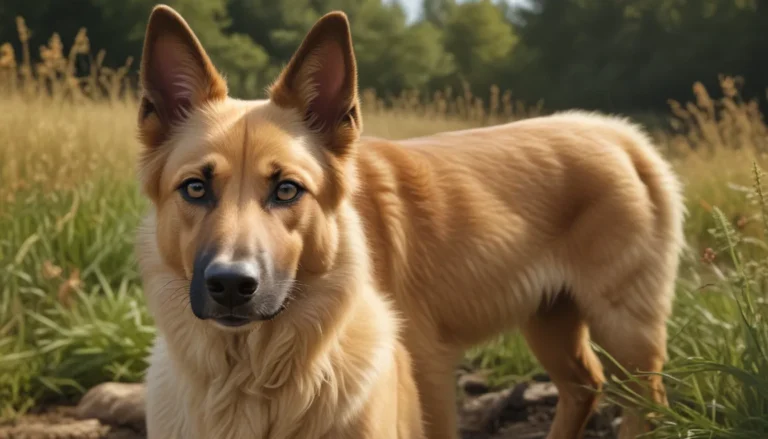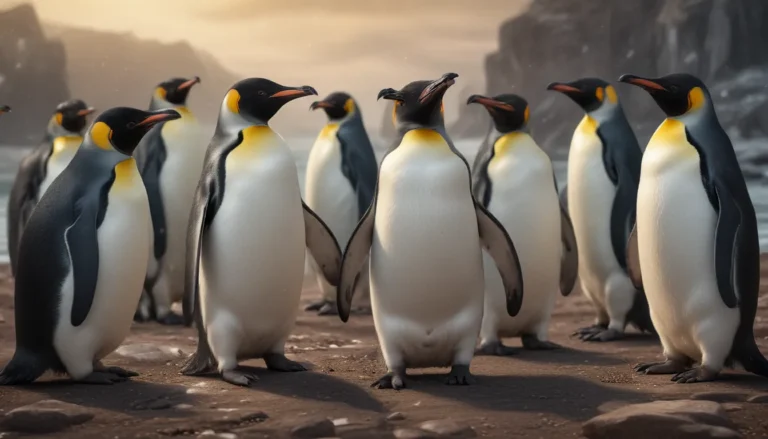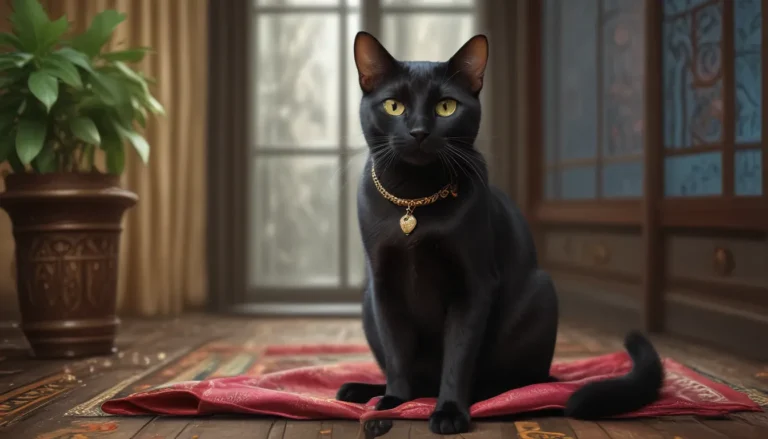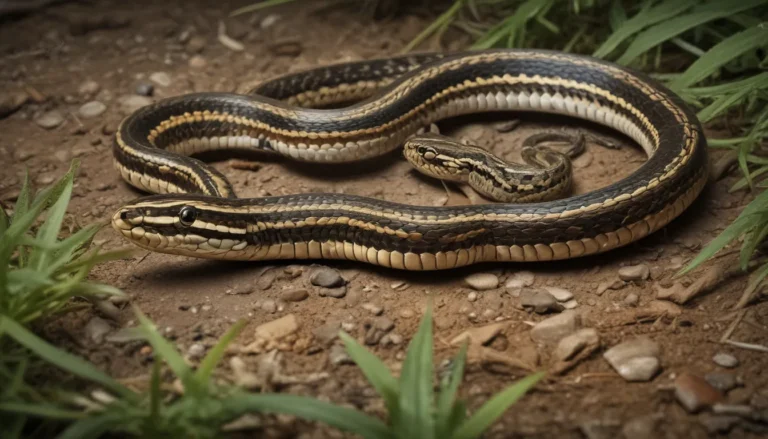The pictures we use in our articles might not show exactly what the words say. We choose these pictures to make you interested in reading more. The pictures work together with the words but don’t take their place. The words still tell you the important facts.
Welcome to the captivating world of prairie voles! These endearing rodents, native to the grasslands of North America, have piqued the interest of scientists and animal enthusiasts with their complex social behaviors and unique characteristics. In this article, we will delve into the fascinating lives of prairie voles and unearth 11 captivating facts about these intriguing creatures. From their monogamous relationships to their vital role in ecosystems, prairie voles are sure to astonish you with their remarkable adaptations and behaviors. So, let's embark on a journey to uncover the secrets of these charming little rodents!
Discovering Prairie Voles: Key Takeaways
- Prairie voles are small rodents renowned for their monogamous behavior and intricate social structure, making them valuable for studying human social behavior and psychology.
- Prairie voles act as keystone species in their ecosystems, contributing to soil aeration, plant growth, and serving as prey for larger predators.
The Monogamous Nature of Prairie Voles
Prairie voles are recognized for their monogamous behavior, forming enduring pair bonds with their mates. These small rodents display strong social attachments by engaging in grooming, huddling, and sharing nesting responsibilities, exemplifying the depth of their emotional connections.
Embracing Life: Their Relatively Short Lifespan
With an average lifespan of 1 to 2 years in the wild, prairie voles cherish each moment of their lives. In captivity, they have the potential to live up to 4 years, emphasizing the significance of appreciating the fleeting beauty of their existence.
Exploring Natural Habitat: Native to North America
Inhabiting the central regions of North America, including the Great Plains, prairie voles thrive in grasslands, meadows, and prairies. They construct elaborate underground burrows for protection and reproduction, showcasing their adaptability to diverse environments.
Understanding Social Complexity: Complex Social Behaviors
Prairie voles exhibit a sophisticated social structure, residing in close-knit family groups. Through behaviors like huddling, social grooming, and vocalizations, they communicate and establish social bonds within their communities, showcasing the depth of their social interactions.
Reproducing Continuously: Unique Breeding Habits
Breeding year-round, prairie voles undergo a short gestation period of approximately 20 days, typically yielding litters of 2 to 5 pups. Both parents actively participate in nurturing and caring for their offspring, highlighting their cooperative parenting skills.
Nurturing Ecosystems: Role in the Environment
Prairie voles serve as keystone species in their ecosystems, enhancing soil aeration, promoting plant root growth, and acting as prey for larger predators, thereby contributing significantly to the delicate balance of their habitats.
Embracing a Vegetarian Diet: Feeding Habits
Feasting primarily on various grasses and herbaceous plants, prairie voles consume seeds, stems, leaves, and roots. Their dietary habits aid in seed dispersal, fostering plant regeneration in their natural habitats.
Communicating Through Sounds: Vocalizations
Utilizing a range of vocalizations such as chirps, squeaks, and trills, prairie voles communicate with one another. These vocal cues serve multiple purposes, from bonding and warning of danger to establishing territories within their social groups.
Mastering Aquatic Environments: Proficient Swimmers
Equipped with streamlined bodies and small webbed feet, prairie voles demonstrate exceptional swimming abilities, adapting to semi-aquatic environments with ease. Their efficient movement through water showcases their remarkable agility.
Scent-Marking Strategies: Unique Behavior
Employing scent glands to mark territories and communicate with fellow voles, prairie voles establish clear boundaries through scent trails. By rubbing their bodies against objects, they convey vital information to maintain social cohesion within their communities.
Contributing to Science: Role in Research
Given their monogamous behavior and complex social structure, prairie voles serve as a valuable model for studying pair bonding, social behavior, and the impact of hormones on behavior. Their insights offer valuable perspectives on human social behavior and psychology, enriching our understanding of complex social dynamics.
Unraveling the Wonders of Prairie Voles
In conclusion, prairie voles captivate us with their unique behaviors and vital ecological contributions. From their monogamous relationships to their intricate social structure, prairie voles continue to intrigue researchers and animal enthusiasts alike. These small rodents navigate elaborate tunnels within their grassland homes, showcasing their exceptional abilities. Their impressive memory aids in traversing their underground networks, while their nurturing behaviors towards offspring highlight their remarkable characteristics. By studying prairie voles, we gain valuable insights into the evolution of social behaviors, potentially enhancing our understanding of similar patterns in other mammalian species, including humans. In essence, prairie voles are not only charming creatures but also valuable subjects for scientific exploration, enriching our knowledge of the animal kingdom.
Frequently Asked Questions
-
What is a prairie vole?
A prairie vole is a small rodent native to the grasslands of North America, distinguished by its brown fur, short tail, and stocky body. -
Are prairie voles social animals?
Yes, prairie voles are highly social creatures, forming monogamous pair bonds and engaging in cooperative parenting, exhibiting affiliative behaviors within their social groups. -
How long do prairie voles live?
Prairie voles typically have an average lifespan of 1 to 2 years in the wild. -
What do prairie voles eat?
Prairie voles primarily consume grasses, seeds, and plant materials, occasionally supplementing their diet with insects. -
Can prairie voles be kept as pets?
Prairie voles are not commonly kept as pets due to their specific environmental and social requirements that are challenging to replicate in a domestic setting. -
Are prairie voles at risk of extinction?
Currently, prairie voles are not classified as threatened or endangered species, although habitat loss and degradation pose potential risks to their populations. -
Do prairie voles hibernate?
No, prairie voles do not hibernate and remain active throughout the year. -
Can prairie voles swim?
While not renowned for their swimming abilities, prairie voles can navigate shallow water if needed. -
How do prairie voles communicate?
Prairie voles communicate through a combination of vocalizations, scent marking, and body language, employing various calls to convey messages within their social circles. -
Where can prairie voles be found?
Prairie voles are predominantly found in the grasslands and meadows of North America, particularly in central and western regions. -
Can prairie voles be harmful to humans?
Prairie voles are not known to be harmful to humans, as they exhibit shy and non-aggressive behavior, minimizing potential interactions.
Empowering Exploration with Real Insights
Our dedication to delivering credible and engaging content lies at the core of our mission. Each fact shared on our platform is contributed by individuals like you, offering diverse insights and authentic information. Through meticulous editorial reviews, we ensure the highest standards of accuracy and reliability, guaranteeing that the information we provide is not only captivating but also informative. Trust in our commitment to quality and authenticity as you embark on a journey of exploration and learning with us.
